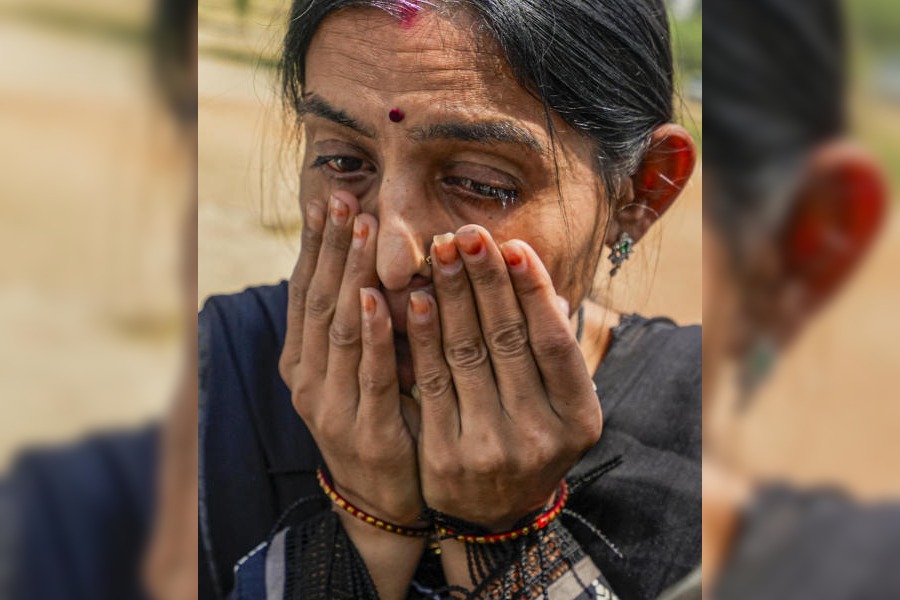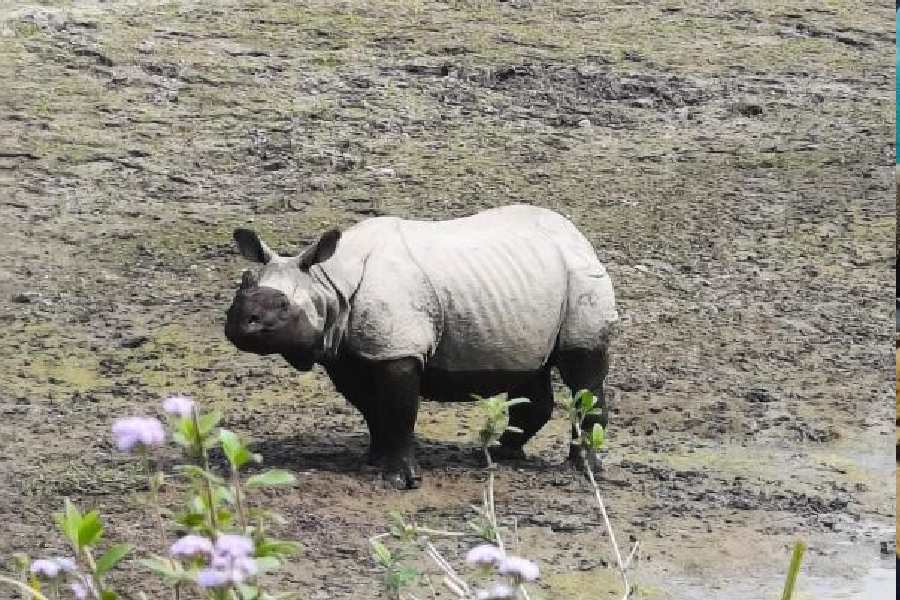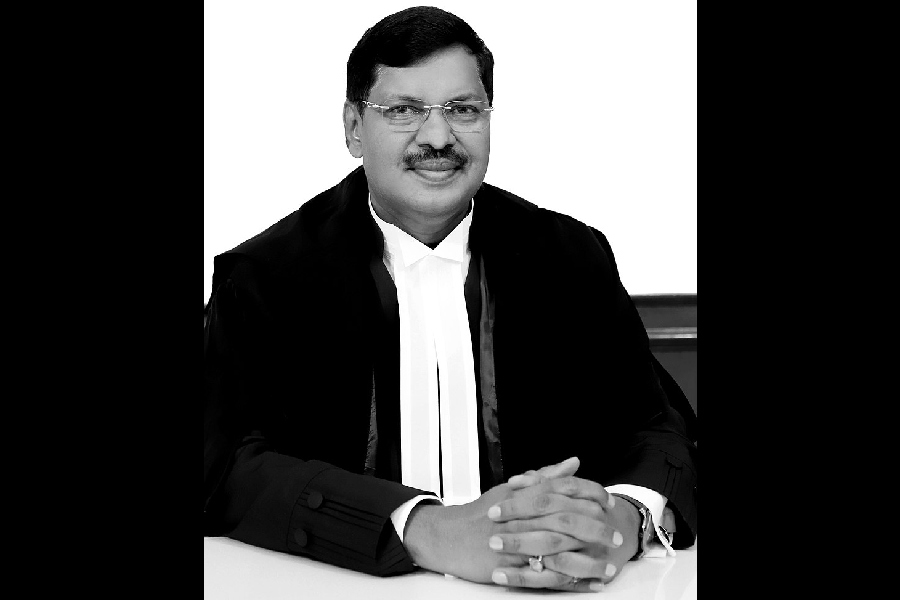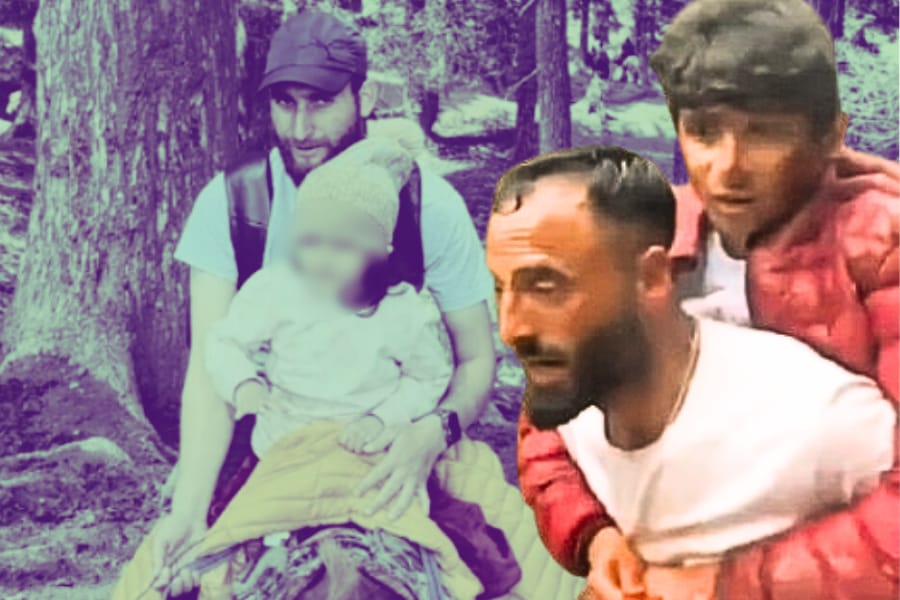 |
| Colonel Charles Wright: The Calcutta connection. Picture by Rashbehari Das |
Colonel Charles Wright has been to Calcutta only a few times, but knows the city in a way that many others who have lived here all their lives have never known.
The 84-year-old World War II veteran has witnessed times when the Japanese bombed the city, when barrage balloons protected the Howrah bridge, when Red Road turned into an air strip for Hurricanes and Spitfires, and when the terrace of Grand Hotel doubled as an observation post for British and Indian soldiers.
His recent visit to the city, to attend the three-day annual general meeting of The All-India Anglo-Indian Association and The All-India Anglo-Indian Education Institution, was to renew old ties with people of the community from across the country.
And though it was not the venue that had brought him all the way from Coonoor, in the Nilgiris, the Calcutta connection did bring back memories of turbulent times in Calcutta.
“My connection with the city is older than I am. My parents qualified as doctors from Calcutta Medical College, fell in love and got married at St John’s Church here,” he said with a twinkle in his eyes.
Wright’s first visit to the city in 1942 was not a pleasant experience. The Japanese captured Rangoon in March 1942.
Soon, the war came to Calcutta, which then served as the headquarters of the military operations of the Allies against the Japanese in Burma.
“I was in the British army and stationed at Tollygunge. I was training to go to war in Burma. But I fell ill with malaria and had to be admitted to Loreto Convent Entally, which had been requisitioned and converted into a hospital. On Christmas night, the Japanese dropped two bombs on Bentinck Street. Two men from my regiment were killed and buried on Boxing Day,” the octogenarian recalled.
The incident triggered a small exodus, with Calcuttans desperate to flee the city.
“The crowd on the roads was so dense that it would take four days for someone from the other end of the city to reach Howrah station,” Wright recounted.
At the same time, hundreds of refugees were coming in from Burma.
“Some had trekked all the way. Even though many of them had money, Great Eastern Hotel would not take them in as they looked like something that the cat had brought in. I used to meet my Burmese friends at Continental Hotel, behind the Grand, to exchange information,” Wright said, adjusting his navy blue cadet cap with a metal brooch on it.
“There was an observation post on top of Grand and the target area was on Diamond Harbour Road,” he added.
The former armyman has been involved in social work being carried out by The All-India Anglo-Indian Association since his retirement from the army in 1968.











